Original Title: "A Detailed Explanation of Merged Mining: What Are the Advantages and Disadvantages?"
Original Source: Dr. Chai Talks Crypto
What is Merged Mining? The Secret of "One Hash Rate, Double Rewards"
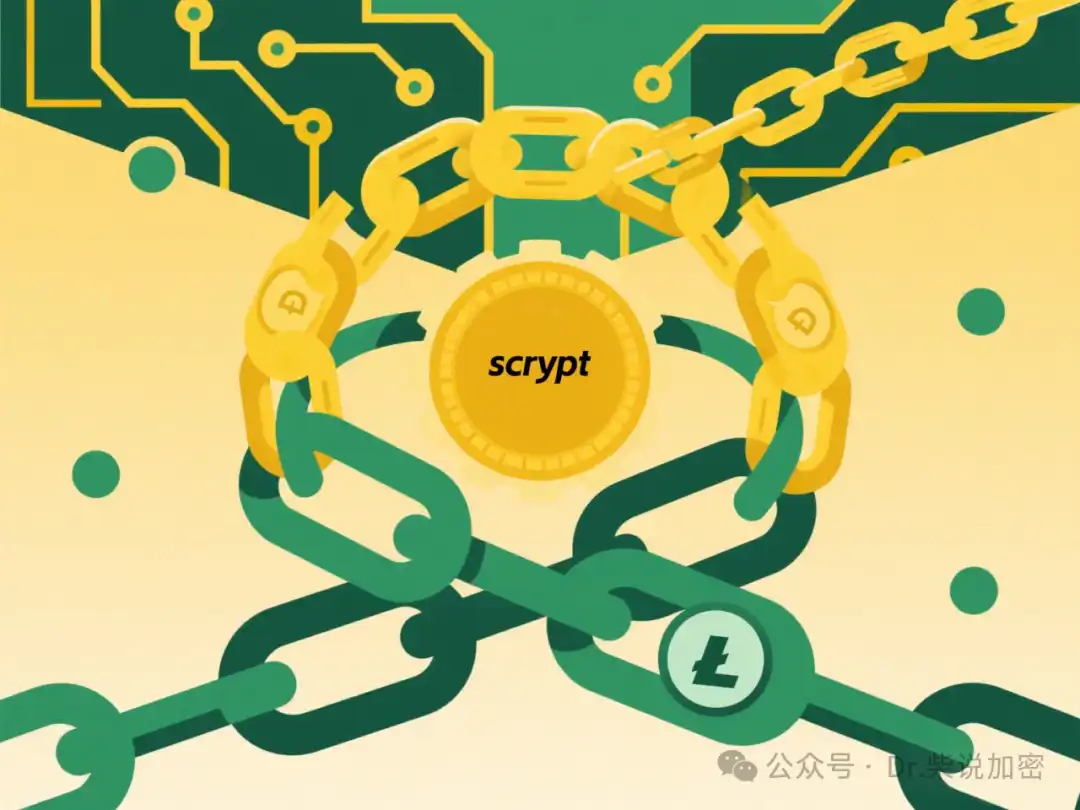
Merged mining is a clever mining method that allows miners to mine two cryptocurrencies simultaneously using the same hash power, without incurring additional electricity costs or hardware burdens. It is based on the parent-child chain mechanism: the main chain (such as Litecoin) is responsible for the primary calculations, while the child chain (such as Dogecoin) "borrows" this work to validate its own blocks. Miners automatically receive rewards from the child chain while mining the main chain.
Simple Analogy
It's like using the same lottery ticket to participate in two lottery games. If you "win" (solve a block), the prizes from both pools belong to you! The entire process is almost transparent to miners; they just need to connect to a mining pool that supports merged mining to achieve "dual mining with one machine." This differs from solo mining as it fully utilizes shared algorithms (like Scrypt), enhancing overall efficiency.

According to the latest data, merged mining has become the preferred strategy for many miners in 2025, especially in the active MEME coin market, as it helps miners diversify risks and increase income.
The Principle of Merged Mining: How to Achieve "Dual Mining with One Machine"?

The core of merged mining is algorithm compatibility and protocol collaboration. Both chains must use the same mining algorithm (like Scrypt). When the main chain generates a block, it embeds verification information for the child chain. The proof of work (PoW) submitted by miners applies to both chains without additional calculations.
Workflow
Miners connect to a mining pool: Choose a mining pool that supports merged mining (e.g., F2Pool or ViaBTC).
Hash power allocation: The mining machine calculates the hash value for the main chain (like Litecoin).
Child chain verification: The child chain (like Dogecoin) automatically uses this hash to verify its transactions.
Double rewards: After successfully mining a block, miners receive coin rewards from both the main chain and the child chain.
This technology is implemented at the mining pool level, requiring no complex setup from users. Merged mining significantly enhances the security of the child chain without increasing miners' power consumption.
Which Coins Support Merged Mining?

In 2025, the most mature merged mining combination remains Litecoin (LTC) and Dogecoin (DOGE), both sharing the Scrypt algorithm, running stably, and widely supported by mining pools. Currently, Litecoin has a market capitalization of $8.89 billion, while Dogecoin's market capitalization is $33.823 billion.
Emerging Combinations
PepeChain and Bells: These meme coin projects have joined Scrypt merged mining, leveraging Litecoin's hash power to enhance security.
Other child chains: Such as LKY, PEP, JKC, DINGO, SHIC, CRC, are often supported in pools like F2Pool.
Historical cases: Bitcoin and Namecoin once merged mined but have gradually faded out.
With the MEME coin craze, more projects like PepeChain are leveraging the ecosystems of Litecoin and Dogecoin through merged mining, and it is expected that more emerging chains will join in 2025.
Advantages and Disadvantages of Merged Mining: Can You Really "Earn While You Sleep"?
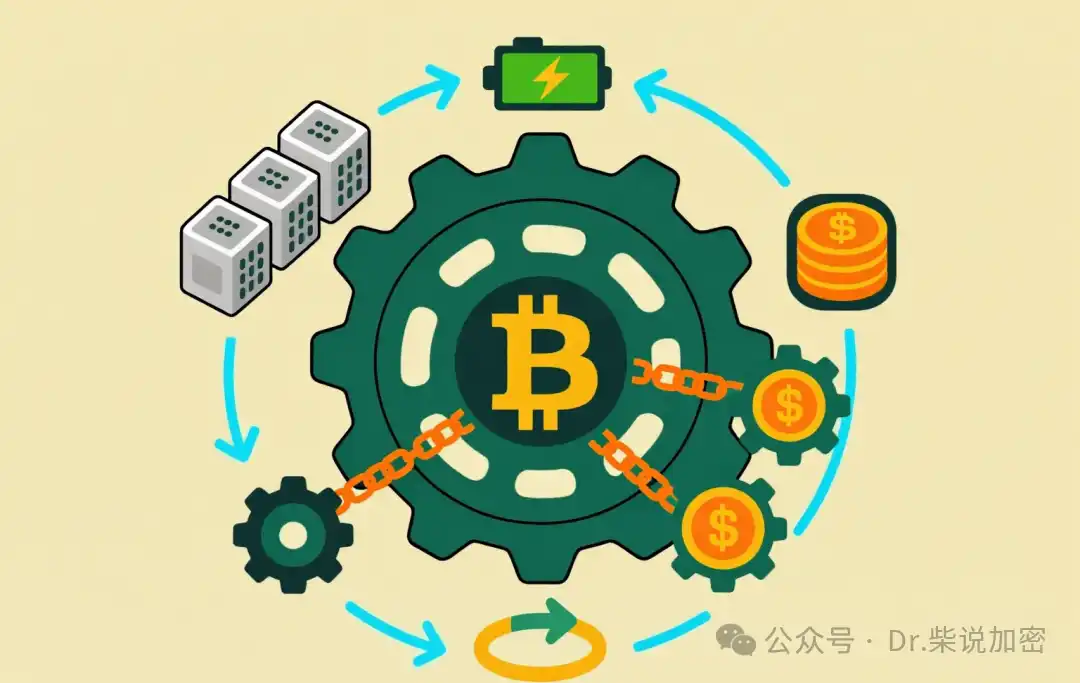
The biggest attraction of merged mining lies in its efficient use of resources, but it is not without flaws. Here is an analysis based on actual cases from 2025.
Advantages
Extra income with no extra cost: Mining two coins with the same hash power, electricity costs remain unchanged, but you receive an additional reward. For example, automatically earning Dogecoin while mining Litecoin can enhance overall profits.
Enhanced network security: The child chain borrows hash power from the main chain, reducing the risk of a 51% attack. Dogecoin significantly strengthens its hash power through merging with Litecoin.
Low entry barrier: No new hardware is needed, making it suitable for existing Scrypt mining machine users; mining pools handle it automatically, making operations simple.
Ecological synergy: The merging of Dogecoin and Litecoin promotes multi-chain development, benefiting emerging projects in 2025.
Disadvantages
Algorithm limitations: Only applicable to the same algorithm (like Scrypt), not supporting cross-algorithm mining.
Pool dependency: Not all mining pools support it (some only distribute main chain rewards), so it is necessary to choose transparent pools; otherwise, child chain rewards may be lost.
Potential centralization risk: Over-reliance on the main chain's hash power may affect the independence of the child chain.
Overall, merged mining is suitable for miners seeking stable extra income, but they need to monitor coin prices and mining pool policies.
How Can Beginners Start Merged Mining?

Getting started with merged mining is not complicated; here are practical steps:
1. Prepare Hardware
Choose Scrypt mining machines, such as ElphaPex DG 2 series or Antminer L9 series.
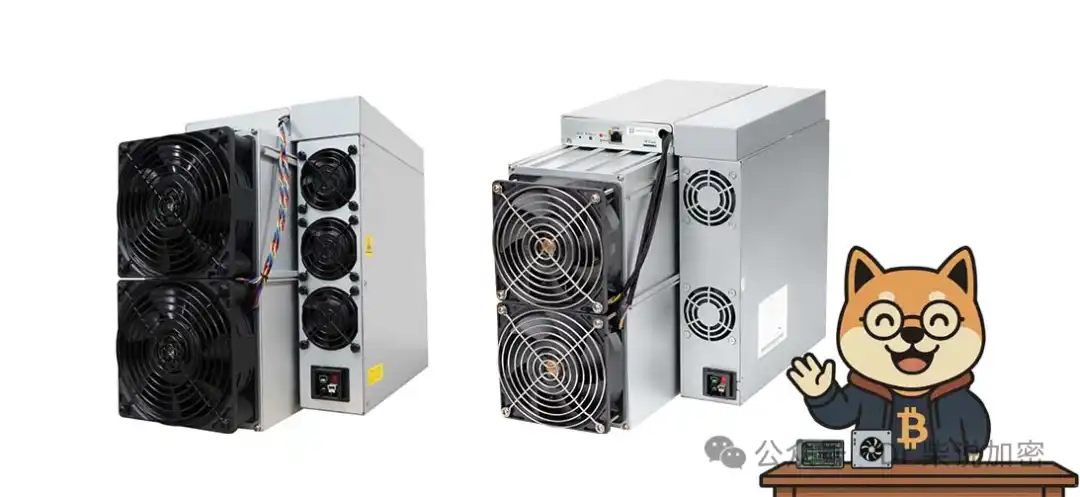
2. Choose a Mining Pool
For example, F2Pool (supports LTC+DOGE+BELLS, etc.) or ViaBTC (transparent distribution of multi-chain rewards).

3. Set Up the Mining Pool
Access the web control panel of the mining machine and set the URL, port number, miner name, password, and other basic information in the management interface.
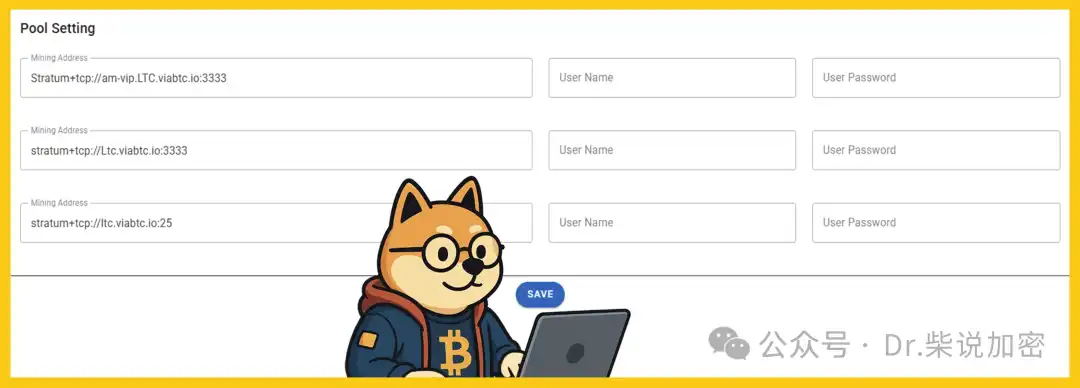
4. Connect the Mining Machine
Configure the mining pool URL and port, and start mining. The mining pool will automatically record dual coin earnings.

5. Monitor Earnings
Use the mining pool dashboard to check; it is recommended to use cheap or clean energy to ensure profitability.
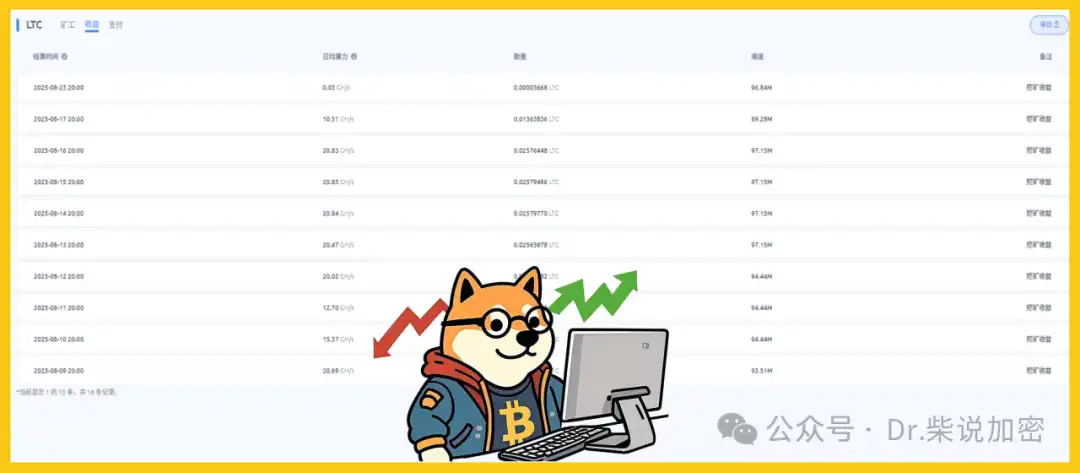
Note: This tutorial is only a rough reference; specific processes should refer to the user manual of the specific mining machine.
06. Merged Mining vs Dual Mining: Don't Get Confused
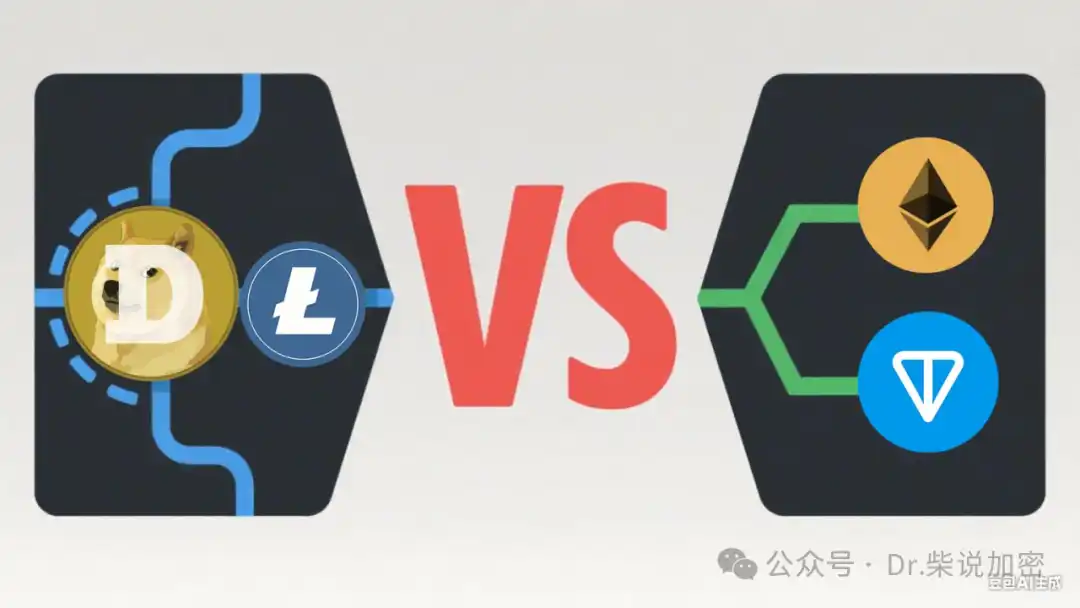
Many people confuse merged mining with dual mining, but the two are quite different:
Merged Mining
Same algorithm (like Scrypt), low power consumption; hash power is used once, shared by two chains; suitable for ASIC miners, such as LTC+DOGE.
Dual Mining
Different algorithms (like Ethash+TON), high power consumption; GPU resources are utilized separately; suitable for GPU mining, but configuration is complex and hardware burden is heavy.
The former is more efficient and energy-saving, while the latter is flexible but costly. The choice depends on your hardware and goals.
Conclusion: Merged Mining, an Efficient New Choice for "Gold Mining"
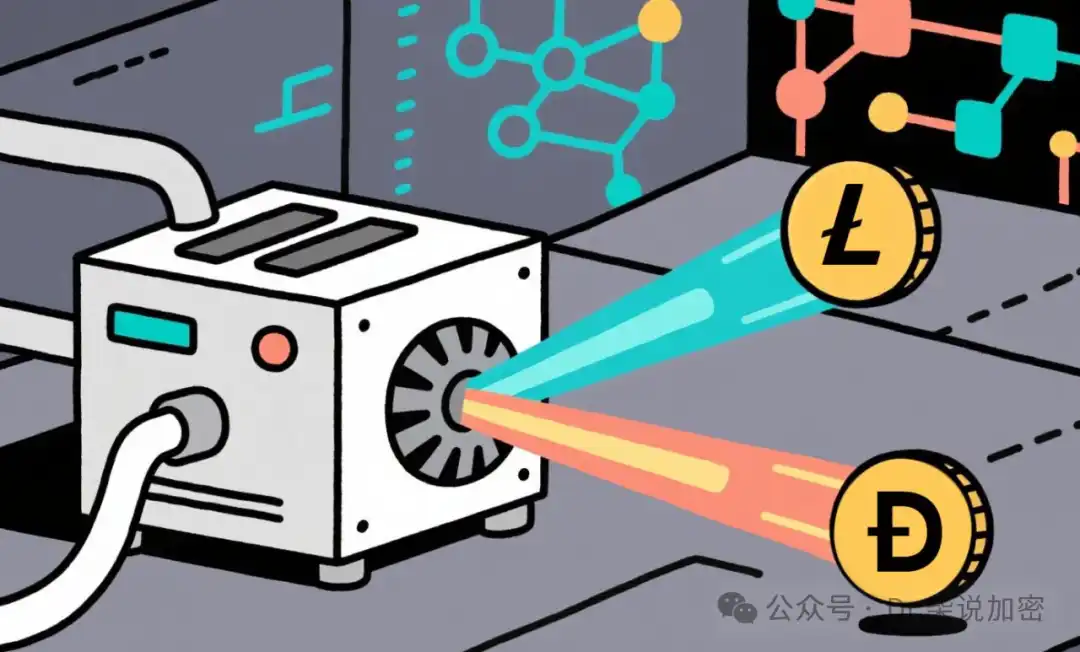
Merged mining is a smart strategy for "dual mining with one machine," especially suitable for the classic combination of Litecoin (LTC) and Dogecoin (DOGE), which can significantly enhance profits and network security in 2025. This merging method allows miners to automatically harvest Dogecoin rewards while mining Litecoin, increasing overall profits without additional electricity costs.
However, it is also limited by algorithm compatibility (such as needing to share Scrypt) and price fluctuations. In the future, as more projects like Bells and PepeChain join the Scrypt ecosystem, leveraging merged mining to enhance network security and efficiency, the potential of this trend will grow even larger. Some emerging chains like Pepecoin have already achieved multiple merged mining, further diversifying risks and attracting small miners.
Additionally, under environmental pressure, merged mining can optimize energy use, promoting sustainable "gold mining." Overall, this is a strategy worth paying attention to, helping miners steadily increase income in a volatile market, but participation should be rational, considering real-time coin prices and mining pool policies.
免责声明:本文章仅代表作者个人观点,不代表本平台的立场和观点。本文章仅供信息分享,不构成对任何人的任何投资建议。用户与作者之间的任何争议,与本平台无关。如网页中刊载的文章或图片涉及侵权,请提供相关的权利证明和身份证明发送邮件到support@aicoin.com,本平台相关工作人员将会进行核查。



